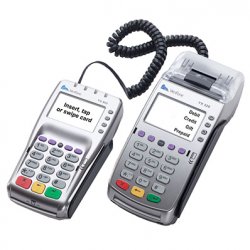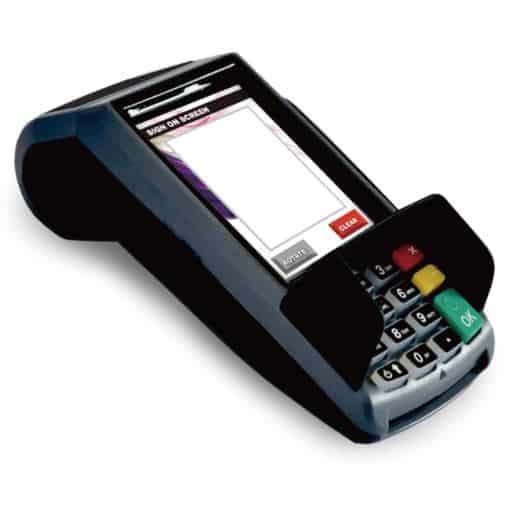
- #Emv credit card machines how to
- #Emv credit card machines verification
- #Emv credit card machines Offline
#Emv credit card machines Offline
To do this, it will either be sent to the card issuer over the internet (known as online verification) or it will be verified within the terminal itself (known as offline verification). Next, this token needs to be decoded to verify that it came from your card’s chip. That’s in contrast to the static information contained in a mag stripe, which is always there on your card and able to be copied. It’s useless outside of that one transaction, and if anyone were able to copy it he or she wouldn’t be able to use it to make purchases with the card. This is a dynamic number, meaning it will be different for every transaction. This number is created from information in the chip combined with information in the terminal, but using instructions contained only in the chip. This token is unique to the specific transaction taking place, and will only be used that one time.

The chip and the terminal work together to create a unique, encrypted code, called a token or cryptogram.
#Emv credit card machines verification
The merchant may waive the verification requirement, especially for small purchases. This verification is usually done with a signature in the U.S., and sometimes with a PIN in other countries.

When you make a purchase with a credit card, the terminal needs to verify that you’re the one who’s actually using the card. All About EMV ® Chip Cards How do EMV ® chip cards work? Be sure to get one that has no foreign transaction fees as well, so you don’t have to pay extra for every purchase. Although many payment terminals will accept Chip-and-Signature, in some cases you might need a PIN card, like at unattended kiosks and train ticket machines. If you’re planning to travel outside the U.S., in Canada or Europe, you should probably have a Chip-and-PIN credit card.
#Emv credit card machines how to
But in most cases, especially if you’ll just be using your card in the U.S., you don’t need to worry about anything other than how to make purchases with your EMV ® card. Some cards also include the Chip-and-PIN function, so they’re more compatible overseas and more secure in the U.S. will use Chip-and-Signature technology, in addition to having a magnetic stripe on the back.

Today, every chip credit card you get in the U.S.

The PIN function requires a four-digit PIN, just like a debit card. The signature function requires a signature to verify transactions, just like credit cards traditionally have in the past. There are two main types of EMV ® credit card technology: Chip-and-Signature and Chip-and-PIN. It’s a more secure way to store information, providing better protection against some forms of credit card fraud than the older mag stripe, because it can’t be as easily “skimmed” by fake credit card readers. It’s an alternative to the magnetic stripe (mag stripe) that has traditionally been used to store information on the backs of cards in the United States.ĮMV ® stands for “Europay, Mastercard, and Visa,” the three companies who began this initiative. What Is EMV ® Technology?ĮMV ® is a security standard for storing account information on credit cards. If you need an EMV ® card with Chip-and-PIN capability in particular, check out our list of card issuers that offer Chip-and-PIN cards. Almost every credit card issued in the U.S.


 0 kommentar(er)
0 kommentar(er)
